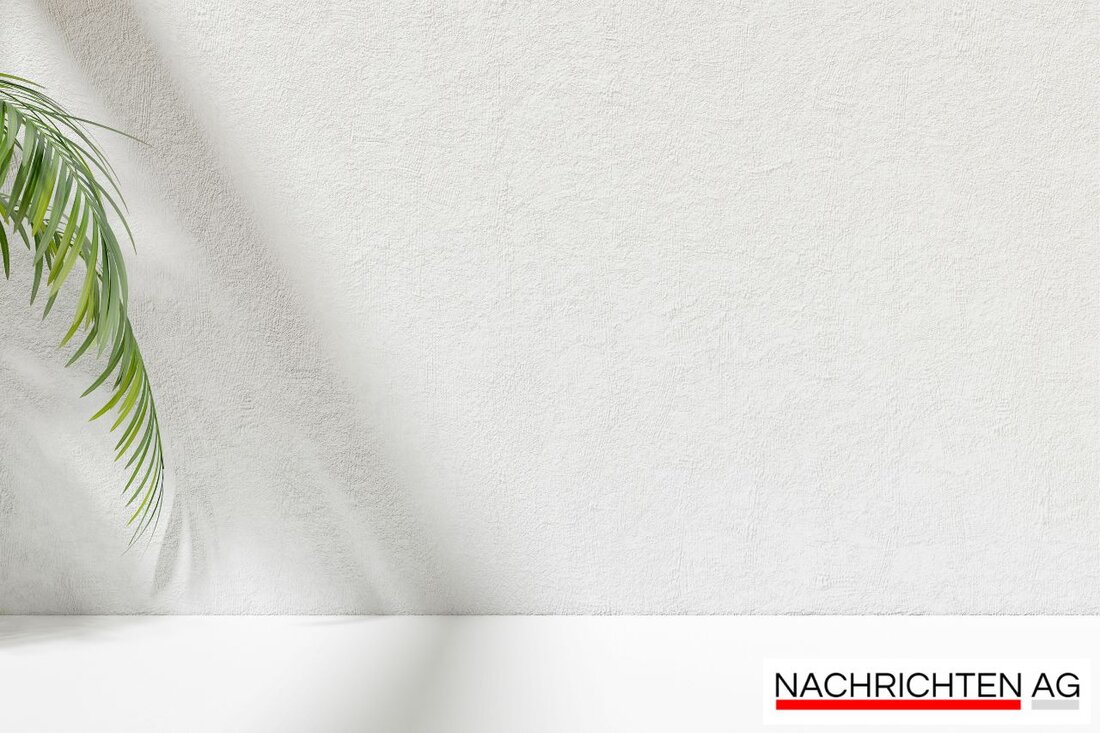Colorful walls instead of dreary alleys: art or vandalism in Vienna?
Find out why graffiti is recognized as an art form in Josefstadt and how Vienna supports creative expression.

Colorful walls instead of dreary alleys: art or vandalism in Vienna?
In Vienna there is a clear trend towards more colors and creative expressions on the streets. In an interview with graffiti hunter Stefan Wogrin, editor Philipp Scheiber comments on the role of graffiti in the city and states: “I would rather have colorful walls than desolate alleys.” Wogrin, who has been an active graffiti hunter in Vienna for 24 years now, sees the potential of graffiti not just as vandalism, but as an art form that has a place in the urban landscape. Scheiber, who describes himself as an art philistine, is of the opinion that many graffiti works can certainly compete with high-quality works of art. He also criticizes the high prices for some works of art, which are often disproportionate.
A very special example of this development is the “Vienna Wall” in Schönbornpark, which officially invites voluntary beautification and regularly presents new, creative projects. As the ViennaXtra youth information reports, the city is committed to cultural diversity and actively promotes youth culture, which also includes graffiti. This form of art is considered by many to be one of the most visible and discussed forms of youth expression and often involves criticism and a rebellious undertone.
Graffiti as part of culture
The Wienerwand project was created to create new legal spaces for graffiti, which promotes dialogue between artists and the public. While in many other cities graffiti is often viewed as a criminal act and is met with bans, Vienna takes a different approach. Tolerance and open discussion are at the forefront, and the city shows that it sees graffiti as a valuable contribution to culture.
The history of graffiti goes back many decades. Tattooing walls is an art form that is older than the graffiti movement itself. Political messages and slogans have always played a role in urban art, as well as in the history of the Berlin Wall, which became a symbol for political movements. Graffiti became popular in the United States in the 1970s as part of hip hop culture and quickly spread to Europe. How on Pop and Sub As you can read, in the 1980s in cities like Berlin, informal groups full of sprayers, so-called “crews”, took shape and developed their own styles and names.
Graffiti today and in the future
It is also noteworthy that graffiti is constantly changing today and is facing new challenges. Where graffiti was often stigmatized in the past, today we are experiencing a gradual change in the perception and appreciation of this art form. In many cases it is seen as an expression of creativity and social criticism - a development that can be observed not only in Vienna but worldwide.
In summary, one can say that graffiti in Vienna represents a platform for young artists to be creative and be present in public space. With projects like the Wienerwand and an understanding approach from the city, the urban environment is not only becoming more colorful, but also culturally richer and more diverse. It remains to be seen how these developments will unfold in the future.

 Suche
Suche
 Mein Konto
Mein Konto